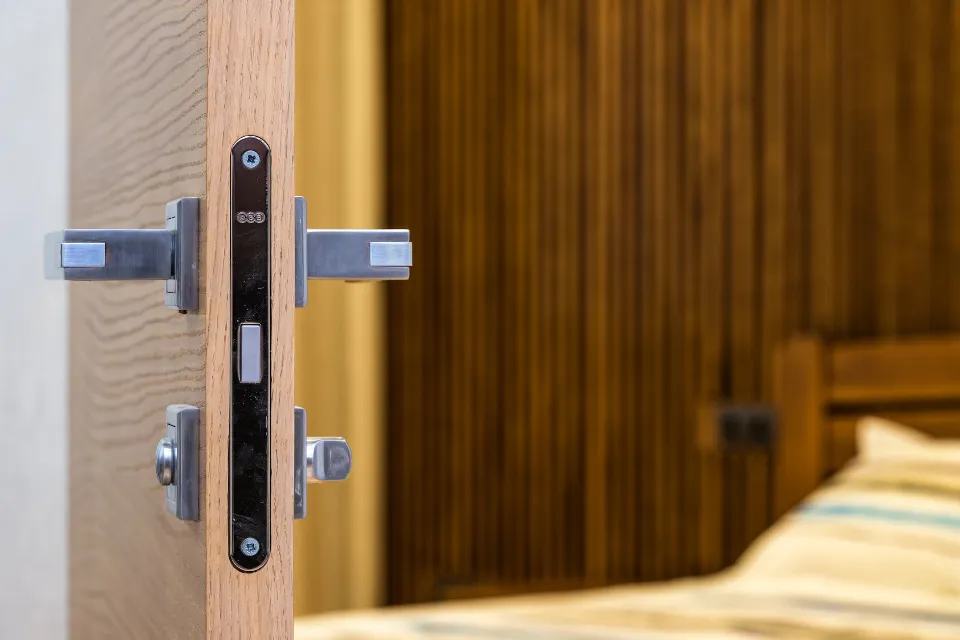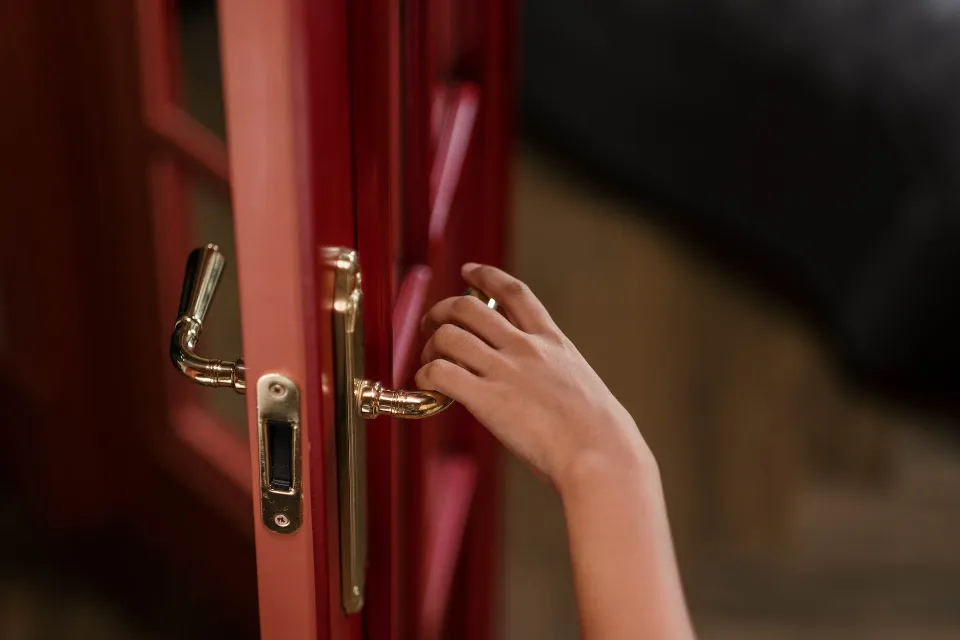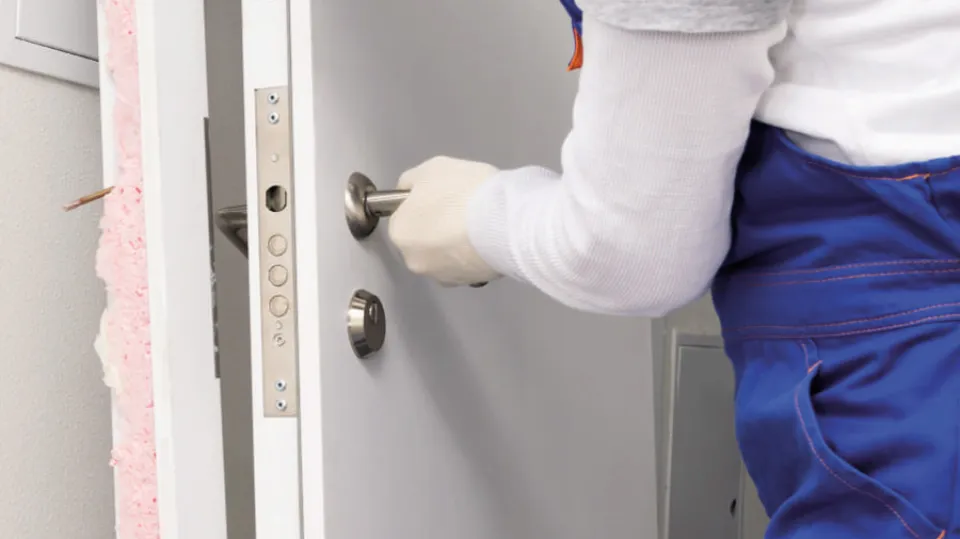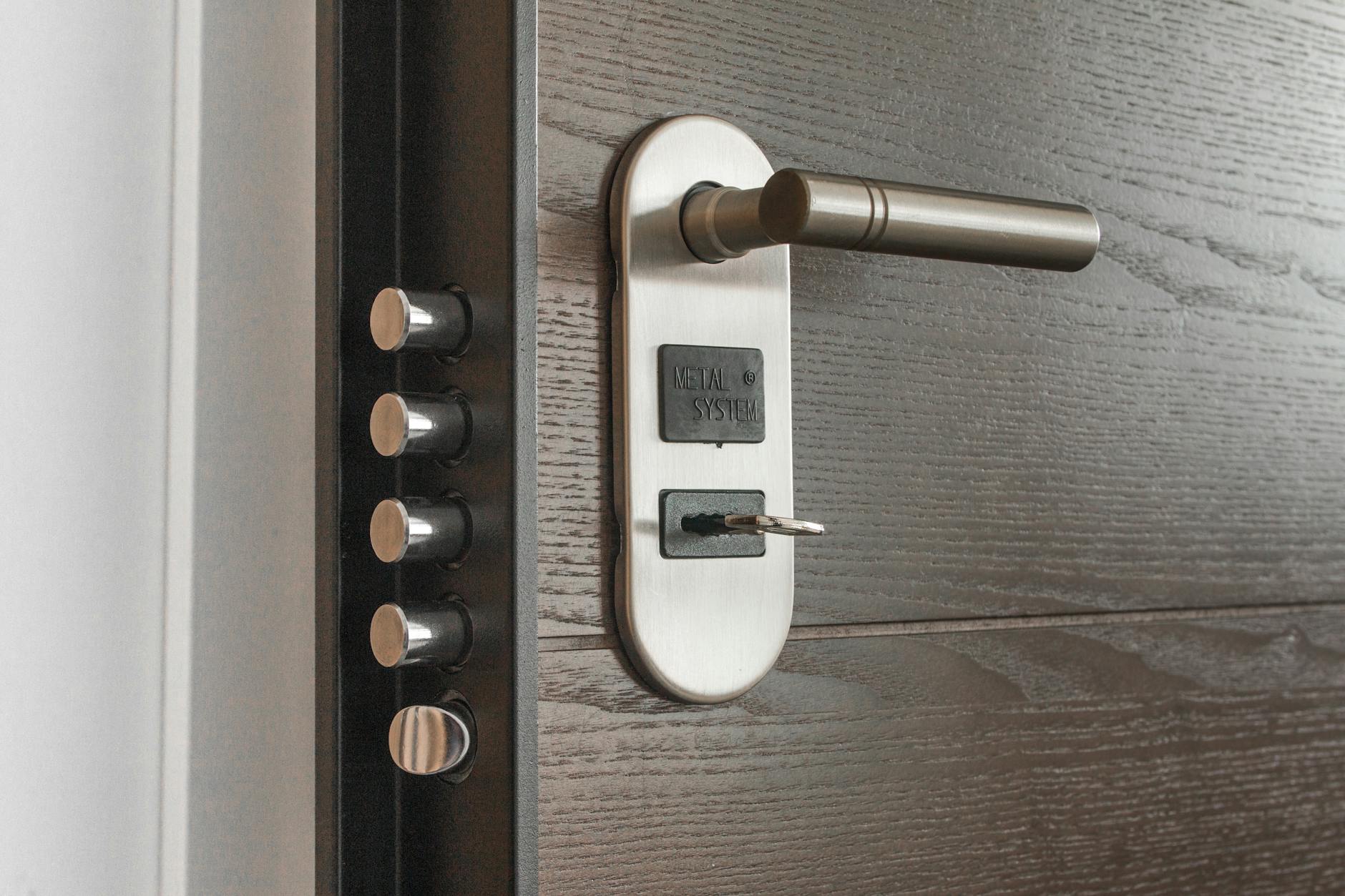
How to Remove a Door Lock: An Ultimate Guide
Why you might want to learn how to remove a door lock is explained by a number of factors. That someone other than your family members holds the lock’s key may be a suspicion of yours. There is no reason why this realization shouldn’t raise questions in your mind about the security of your home.
Even then, if that’s not the case and you simply want to remove the lock so that a professional can rekey it, you can do so. You are not required to pay a lockmaster a large sum of money to complete the task. You only need a basic set of tools and the right instructions. To find them, read this article.

Before You Remove the Door Lock
The kind of it must be known. Which of the following techniques you can employ depends on the category to which the lock belongs. Either a knob lock or a cylinder lock is protecting your door, unless you paid top dollar for it. Both can be found for prices that are not too steep.
However, there’s a good chance you’ll deal with a mortise lock if you recall spending more money on locks when you were building your house. Despite being widespread, they appear to have lost favor lately.
Removing Locks from the Interior Side
Step 1
Latch plate should be visible along the edge of the door after you have opened it. To remove the latch from the door, unscrew this plate if you can.
Step 2
At the handle’s base, search for a tiny set screw. Use a drill or a screwdriver to remove this screw. With one hand on the interior trim and the other on the exterior trim, try to pull them away from the door. This set screw is frequently the only thing securing the lock’s two halves together.
Step 3
On the inside of the door, look at the handle and trim. The handle might be held in place by a tiny pinhole. To release the interior handle, insert a straightened paper clip into this hole and push down. To access the lock’s release mechanism, insert the pin straight through the lock cylinder. You can manually pull the lock apart once you’ve activated this release.
Step 4
Using a flat screwdriver, pry the trim away from the handle or lever. even twist some trim off by hand. Look underneath for any hidden screws. Pull the lock’s two halves apart after removing these screws, and the lock will come off the door.
Step 5
In very old door knobs, look for tiny notches or depressions. To release the knob, insert a screwdriver; this will reveal a length of wire wrapped around the remaining trim. To unlock the interior portion of the lock, push this wire with your screwdriver. Next, manually pull the exterior portion of the lock off.
Removing Locks from the Exterior Side
Step 1
Inspect the handle and the trim for any pinholes or depressions. For homeowners who have misplaced their keys, some locks made for interior use may have these holes on the outside. To press against a slot or depression, insert a flat screwdriver or a straightened safety pin into the small holes. This will release the handle and could reveal hidden screws. You might be able to unlock the door by taking out these screws, which will also take care of the lock.
Step 2
Door hinges should be removed. If the hinge pins are reachable, drive them out using a hammer and center punch. Once the door is no longer connected to the frame, you’ll be able to slip it out of the opening and remove the lock from the interior side.
Step 3
Drill the lock cylinder out. Make use of a metal-drilling-specific, sharp drill bit. Aim the drill at the space immediately above the keyway. Not the keyway itself, but the pin tumblers must be penetrated. You might need to insert a flat screwdriver to retract the latch and open the door once you’ve broken the pins and drilled through them. From here, employing the methods detailed in Section 1, you can take out the lock.
Removing a Cylinder Door Lock
Cylinder locks are incredibly prevalent and are still relatively easy to open. An existing cylinder lock can be removed in just three simple steps for replacement or rekeying. Tools Needed
To remove a cylinder lock, you’ll need just a few basic tools:
- Phillips-head screwdriver
- Flat-head screwdriver
- Allen wrench
Remove Screws
If there are any visible screws on the interior side of the door, start by removing them with your Phillips-head screwdriver. These are the screws that connect the door and lock.
Remove the Spindle
After that, you must turn the lock’s spindle counterclockwise until it stops using your flat-head screwdriver. The flat-head screwdriver should be inserted into the lock itself to accomplish this (you might need to try a few different sizes).
When the spindle stops rotating, you ought to observe that the square tab inside the spindle is exactly aligned with the rest of the lock. You should now be able to carefully push on the tab holding the spindle in place with your flat-head screwdriver. The spindle will physically detach from its housing after you do this.
Take the Cylinder Out
You can now access the lock’s housing because the spindle has been removed. A flashlight may come in handy as you carefully search the interior of the housing for another tiny tab. This tab can be depressed with a flat-head screwdriver to release the cylinder. But there’s a good chance you’ll need to push on the cylinder with an Allen wrench until it slides or pops out.
Avoid pressing down too firmly on the tab with the screwdriver as you work to remove the cylinder because doing so could permanently damage the lock and render it useless.

Removing a Mortise Lock
A pocket (known as a mortise) is carved into the door itself for mortise locks. It is a more secure locking method because the lock is enclosed in this pocket. Tools Needed
Removing a mortise lock requires:
- Phillips-head screwdriver
- Flat-head screwdriver
- A hammer may be needed
Locate and Unscrew the Set Screw
This screw will be located on the inside knob’s shank, which you use to lock the door.
Unscrew the Door Handles
Through the spindle, the two door handles are screwed into one another. Do not simply pull; be sure to unscrew them.
Remove the Rose Plates
Use a Philips-head screwdriver to remove the external doorknob rose plate that is still attached to the door.
Remove the Face Plate
Utilizing a Phillips-head screwdriver, remove the top and bottom screws that are situated on the mortise lock’s faceplate.
Remove the Mortise Lock
Take hold of the latch bolt with your hands or pliers, then start to pull the mortise lock out. It should come out after a few, good pulls.
Grab a big flat-head screwdriver and use that to pry the mortise lock out if it can’t be easily removed. Enter the screwdriver into the spindle’s former location. The hole in the screwdriver should snugly fit it. Take a hammer, point it in the direction of the strike spot, and tap it a few times while holding your screwdriver perpendicular to the door.
Here are a few quick instructions for removing a mortise lock, a knob lock, and a cylinder lock from a door in your house. Any homeowner would benefit from having a working knowledge of this fundamental DIY skill, especially if they ever need to replace or rekey a lock.

Conclusion
When you relocate, experience a break-in, or accept a new roommate, it may be necessary to remove the current door locks. The process can be finished in a matter of minutes, and it’s simpler than most people think it is. To be successful, simply adhere to the directions given above.
FAQs
How Many Types of Door Locks Are There?
Many other door locks fall into one of the seven categories: knob locks, deadbolt locks, cam locks, padlocks, mortise locks, smart locks, and keypad locks.
How Do You Remove a Locking Mechanism from a Door Knob?
Use a flathead screwdriver to apply pressure to the concealed latch inside your doorknob if it has a narrow slot at the base of it. If there is a pin hole at the base of your knob, you’ll need to use a thin object like a pin or paper clip to disengage it. The knob must be loosened by pulling and twisting it.
How Do You Remove a Keyhole from a Door?
How To Remove a Door Lock at Home
Step 1: find the slot.
Step 2: Push the button and remove the knob.
Step 3: Take off the exterior rose plate.
Step 4: Remove the interior rose plate.
Step 5: The Face Plate should be unscrewed.
Step 6: Take out the last doorknob.
How Do I Know What Lock I Have?
The number of levers should be stamped on the lock’s faceplate, where you can check this. A five-lever mortice lock that is Kitemarked and complies with BS3621 offers the highest level of security. If so, the lock faceplate ought to be stamped with this information.


